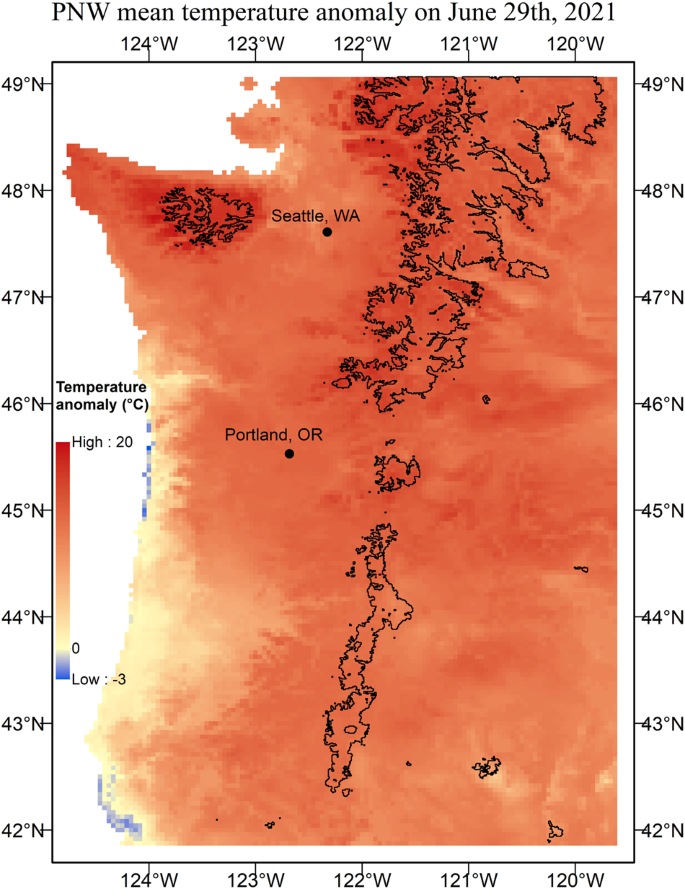2023-12-13 ペンシルベニア州立大学(PennState)
◆これらの褐色矮星は星のように形成され、自らの重力の下で崩壊するほど密度が増しますが、水素の融合が始まり、星に変わるほどには十分に密度が高くなりません。それらはまた、惑星と同様に、星を取り囲むガスと塵のディスクで形成されるものと異なります。
<関連情報>
- https://www.psu.edu/news/eberly-college-science/story/nasas-webb-identifies-tiniest-free-floating-brown-dwarf/
- https://iopscience.iop.org/article/10.3847/1538-3881/ad00b7
JWSTによるIC 348*の惑星質量褐色矮星の探査 A JWST Survey for Planetary Mass Brown Dwarfs in IC 348*
K. L. Luhman, C. Alves de Oliveira, I. Baraffe, G. Chabrier, T. R. Geballe, R. J. Parker, Y. J. Pendleton, and P. Tremblin
The Astronomical Journal Published 2023 December 13
DOI:10.3847/1538-3881/ad00b7

Abstract
We have obtained images of the center of the star-forming cluster IC 348 with the James Webb Space Telescope and have identified brown dwarf candidates based on their photometry and point-like flux profiles. Low-resolution spectroscopy has been performed on four promising candidates, three of which have molecular absorption bands that indicate late spectral types. Among those late-type objects, the brightest is similar to known young L dwarfs while the other two show the so-called 3.4 μm feature that has been previously observed in the diffuse interstellar medium and in the atmospheres of Saturn and Titan, which has been attributed to an unidentified aliphatic hydrocarbon. Those two objects also exhibit features between 1.1 and 2.6 μm that we identify as the overtone and combination bands for that hydrocarbon. After accounting for the hydrocarbon bands, the remaining spectral features are consistent with youth and inconsistent with field dwarfs. Based on the low extinctions of those objects and the strengths of the overtone and combination bands, we conclude that the hydrocarbon resides in their atmospheres rather than in foreground material. Thus, our detections of the 3.4 μm feature are the first in atmospheres outside of the solar system. The presence of this hydrocarbon is not predicted by any atmospheric models of young brown dwarfs. Based on its luminosity and evolutionary models, the faintest new member of IC 348 has an estimated mass of 3–4 MJup, making it a strong contender for the least massive free-floating brown dwarf that has been directly imaged to date.



